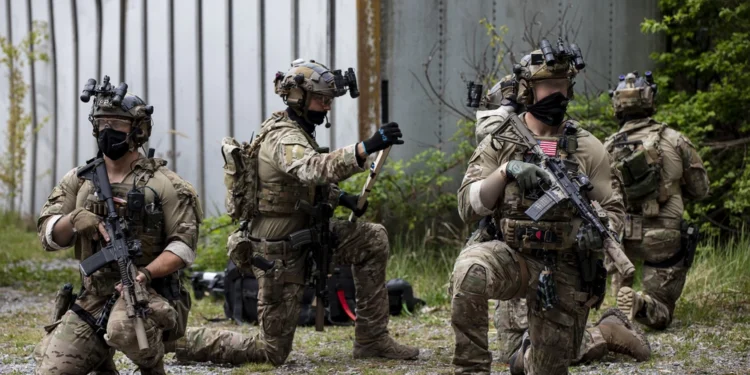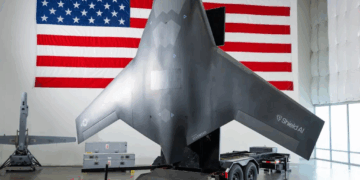Revisionist powers are defined as states that challenge American dominance and supremacy at the regional and/or global level. What the Center for a New American Security calls The Axis of Upheaval is conceptualized in my own typology as the “3+1 Axis”: China–Russia–Iran plus Turkey.
Key characteristics of this alignment:
- All four are former empires: China (Chinese Empire), Russia (Russian Empire), Iran (Persian Empire), and Turkey (Ottoman Empire). Each possesses a rich historical and cultural legacy which they consistently project and weaponize as soft power, aspiring to expand their influence based on their glorious pasts.
- These are primarily land powers forming a solid Eurasian bloc, seeking maritime access and projecting power along the maritime perimeter of Eurasia.
- Despite internal contradictions and conflicting interests, they are coalescing into a counter-coalition against the United States.
- They are authoritarian regimes categorized as non-free states, where the ruler (Xi Jinping, Putin, Khamenei, Erdoğan) is closely identified with the nation itself.
- Each resides in a sub-region of Eurasia currently experiencing tension or conflict:
- Western & Intermediate Eurasia: Russia (war in Ukraine)
- Southern Eurasia: Turkey (competition in the Eastern Mediterranean) and Iran (war in the Middle East)
- Eastern Eurasia: China (pressure on Taiwan and a push for dominance in the South China Sea)
The American Objective:
During the previous U.S. administration, American policy choices inadvertently strengthened this alliance (China–Russia–Iran), with Turkey maintaining an ambiguous position. This resulted in the emergence of a proto-superpower core in the heart of Eurasia: the strategic partnership between Russia and China.
The goal of the 47th President is to dismantle this axis by engaging each power separately through negotiation and strategic bargaining.
Priority is given to Russia, aiming to detach it from its deadly embrace with China and restore balance to the strategic triangle of the U.S.–Russia–China in Eurasia. This includes a reset in U.S.–Russia relations, currently underway via negotiations over Ukraine and a redefinition of spheres of influence in the Middle East, Central Asia, and the Arctic.
For China, the initial aim is to curb its influence in the Western Hemisphere and escalate the ongoing trade war. On Iran, a policy of “maximum pressure” is being pursued to weaken the regime domestically and disrupt its support for the “Axis of Resistance.”


Turkey, marginalized by Washington for a third consecutive administration due to its ambivalent stance and close ties with the other revisionist powers, is considered the weakest link—one that Trump appears to be leaving for last.
Anti-hegemonic alliances are no longer a theoretical nightmare for U.S. interests in Eurasia—they are now reality.
The grand coalition of China, Russia, and Iran, once described by Zbigniew Brzezinski 28 years ago as the most dangerous possible scenario, now also includes Turkey as a “bonus.” The “key state” of the U.S., as he once called it, is now largely aligned with America’s strategic rivals.









